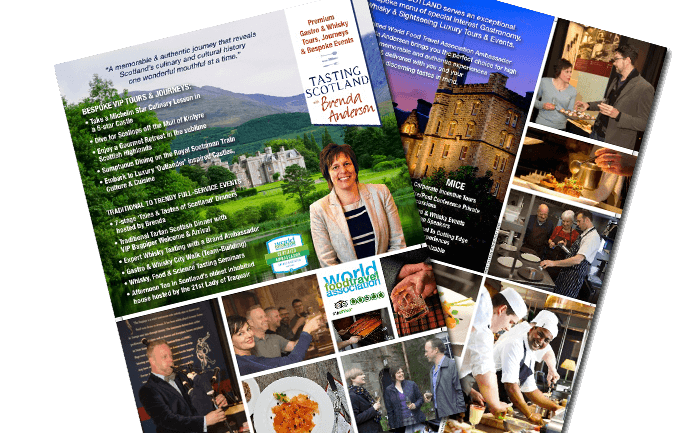Gie her a haggis
Today, the 25th January marks the birthday of Scotland’s most famous bard and one of our national heroes, Rabbie Burns. Long standing traditions at Burns’ Suppers have become as much a tribute to Scottish food and drink, as to his work. But few probably realise just how closely each of the courses from Scotch Broth to Haggis, Neeps and Tatties, Cranachan and Cheese and Oatcakes washed down, most likely with more than just, a wee dram of whisky ties in with Burns the man, from his childhood experiences to his writing and his, shall we say, vivacious love for life.
Much of Burns’ work, is itself, littered with Scottish culinary references. Known as a man who liked to socialise, his poem “Scotch Drink” would have been of little surprise to anyone, but Burns also saw Scotch Whisky as holding a special symbolic and fiscal significance for Scotland.
“Scotch Drink”
Fortune! if thou’ll but gie me still
Hale breeks, a scone, an’ whisky gill,
An’ rowth o’ rhyme to rave at will,
Tak a’ the rest,
An’ deal’t about as thy blind skill “
Many of Burns’ poems interlink very adult themes of equality, political corruption and religious hypocrisy. Other works reflect appreciation for the simple things in life, many of these stemming from experiences of childhood and as a young man. While Burns’ association with alcoholic revelry is well documented, his love of food and farming is not so well known.
Burns was the son of a peasant cheesemaker mother and a market gardener father, growing up near Maybole in South Ayrshire. His maternal grandfather was the tenant of a 300 acre farm in the same area. As a young boy Burns helped out his mother by selling her cheeses locally. Local South Ayrshire artisan cheesemakers, Barwheys sit only 3 miles from where Burn’s mother had learned her craft.
At age 26 Burns and his brother tried their hand at farming, renting a farm near Mauchline called Mossgiel. A working dairy farm still exists there today, but back then it was an arable farm and the Burns’ brothers’ grew the quintessentially Scottish cops of oats and barley (one of which is present in Scotch Broth, haggis, Cranachan and Oatcakes). It was during this time that in the evenings he would sit and write the verses he was soon to become famous for. In fact it was here that he wrote ‘To a Mouse’ after accidentally destroying its nest with his plough.
During a later, second stint at farming, he was gifted a prize dairy Ayrshire cow from a Mrs Dunlop. Dunlop cheese of course became very famous and remains so today. The Dunlop Diary still exists as an artisan cheese makers, where you can find an array of cheeses, many, like Paddy’s Milestone, named after the local area.
Burns’ most obvious link with food is with haggis, which he hails as the “great chieftain o’ the pudding race” in one of his most famous poems, “Address to the haggis”. While in early verses Burns mocks dishes like French ragout and fricassee, he go on to extol the virtues of what was later to become Scotland’s national dish, haggis.
“Auld Scotland wants nae skinking ware,
That jaups in luggies:
But, if ye wish her gratefu prayer,
Gie her a Haggis.”




